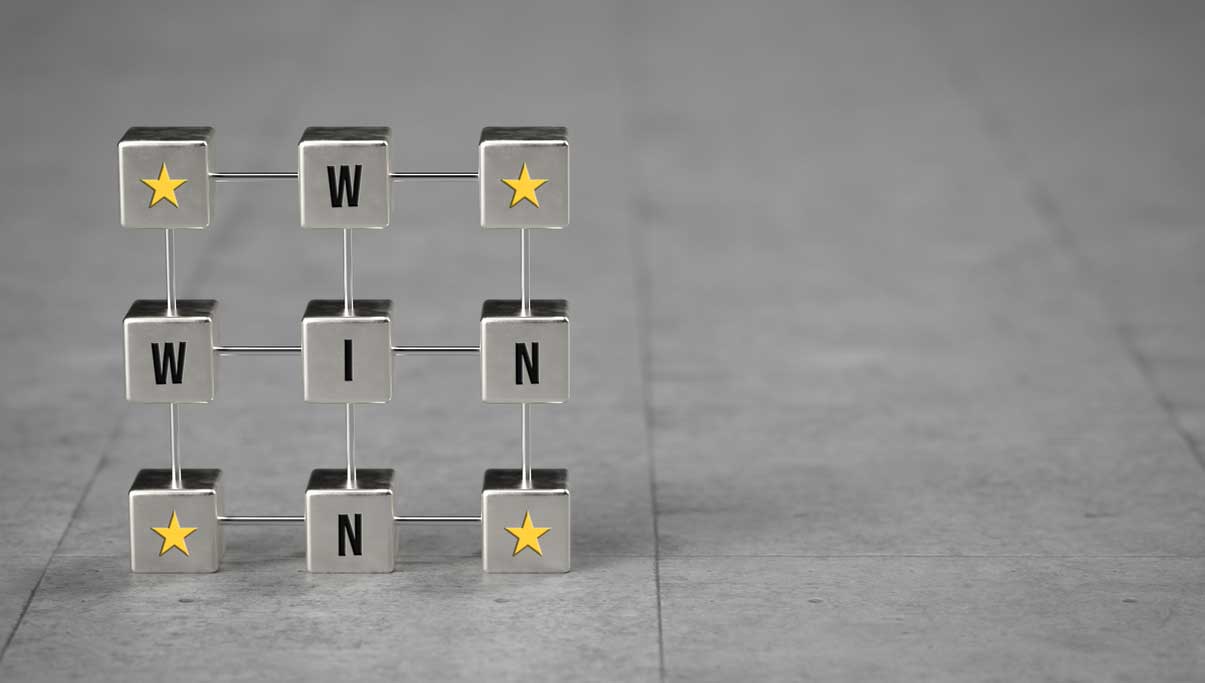
Charlie Bucket and his Grandpa Joe sing while dancing around their shoe-box sized apartment, anticipating the magical adventure they’ll now be embarking on in Willy Wonka’s ever-illusive chocolate factory. If you’re a nonprofit in the United States today, Charlie’s gleeful anthem is one that you’re probably familiar with anytime a major gift – the power player of any fundraising department – finally makes its way through your nonprofit’s door.
But identifying prospects for, cultivating, and soliciting major gifts can be grueling. While some donors may be swift to write a large check, most take months, maybe even years, to be convinced that your nonprofit’s cause is as worthy as you claim it is. Throw in the stress of a tiny staff or the cost of raising major gifts against a tight budget, and raising these donations can often begin to feel like a waste of precious time and energy.
What if we began to look at major gifts from a different lens? What if there was a strategy for securing these gifts that was more straightforward, less expensive, and easy to implement? No strategy is perfect and totally depends on your specific nonprofit – but investing in and implementing a robust planned giving strategy is an excellent way to set your nonprofit up for major giving success. Seeking major gifts through a robust planned giving program can actually be a much less intimidating, time-consuming and expensive strategy than cultivating, stewarding and soliciting ‘real-time’ major gifts.
[block id=”postad-mgt-and-paper”]
[gap]
In short, planned gifts matter so much because they are the largest form of a major gift that your nonprofit can receive. Though your nonprofit won’t receive a planned gift right away, a planned gift helps a donor continue his or her legacy and proves that your nonprofit is worthy of loyalty and trust. Moreover, planned gifts are worth your investment because they are a way to raise major gifts in small, achievable steps over time. Typically, a planned giver is already a recurring donor (monthly donors are actually six times more likely to leave you in their will), so investing more time in your recurring donors is a great way to increase the likelihood that more recurring donors will give in larger sums later on in life (or after life). Likewise, planned givers are often those who are engaged with your organization throughout their lives in some way beyond financial contributions. So, knowing who to talk-up at events, board meetings or volunteer days is another way to make strides in your planned giving, and therefore, major gifts program outlook.
It may be clear that planned giving is worth the time and investment. But how does one begin to develop a planned giving program that will lead to major gifts down the line? Can receiving planned gifts and eventually, major gifts, actually be that straightforward? Here are some simple steps for building a planned giving program that will allow your nonprofit to win big in the future.
Real-time major gifts are indeed a powerful, necessary hallmark of any nonprofit organization – but there is more to fundraising than the ups and downs of a major gifts strategy. Next time you’re charting out major gifts prospects or planning your next glamorous capital campaign, remember to invest in the smaller steps that a robust, sustainable and successful planned giving program often requires. Start small, and there may very well be major returns coming your way.
Dive into planned giving at our Planned Giving Boot Camp and learn the secrets of becoming a great nonprofit leader at our academy.

Making Estate Planning Accessible, Simple, Personal, Secure and FREE!
Bequests are up, cash is down. Empower your donors to plan their will and invest their legacy in the cause they support the most.
Stay informed with timely news. You can unsubscribe at any time.
Success List